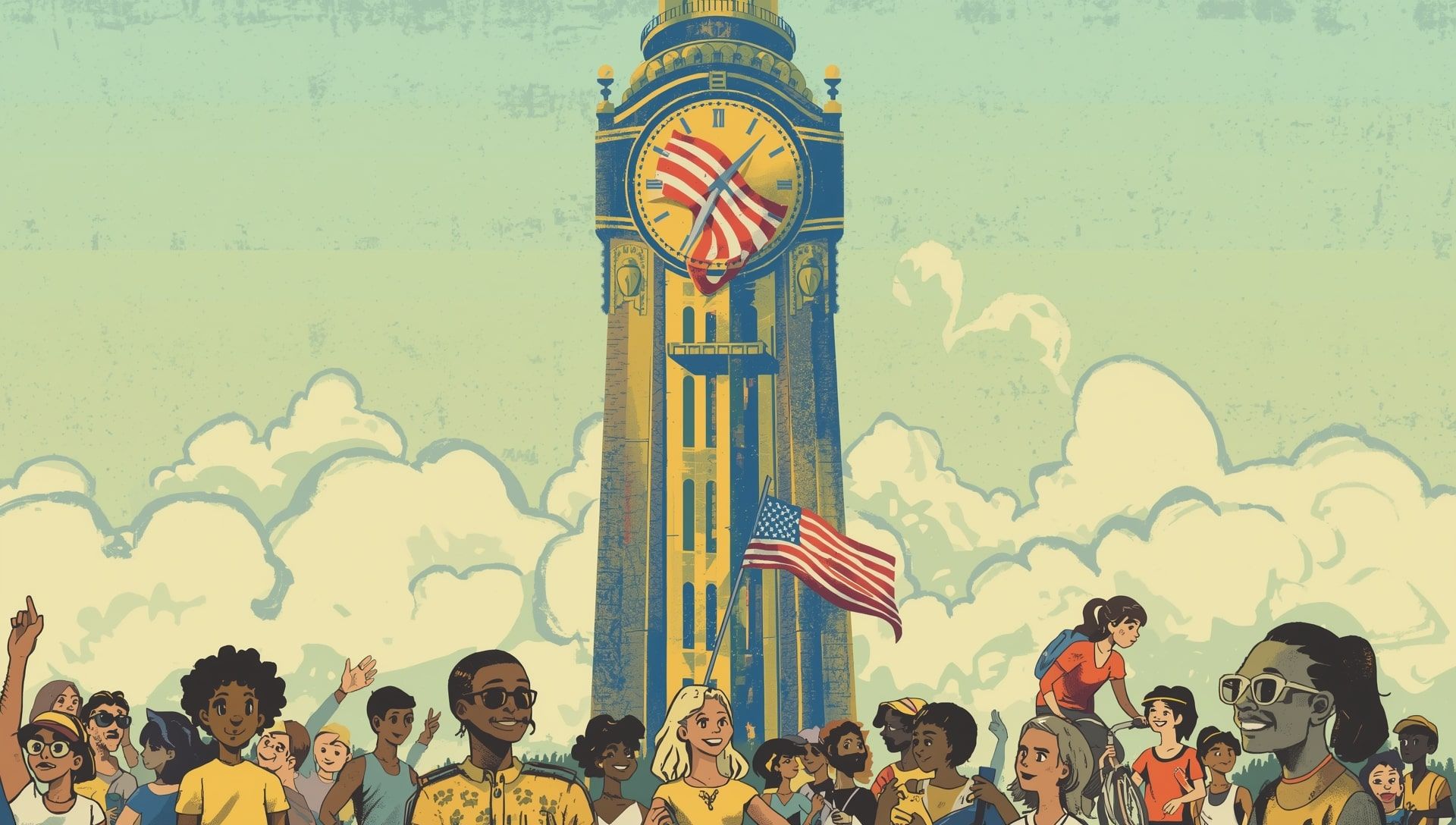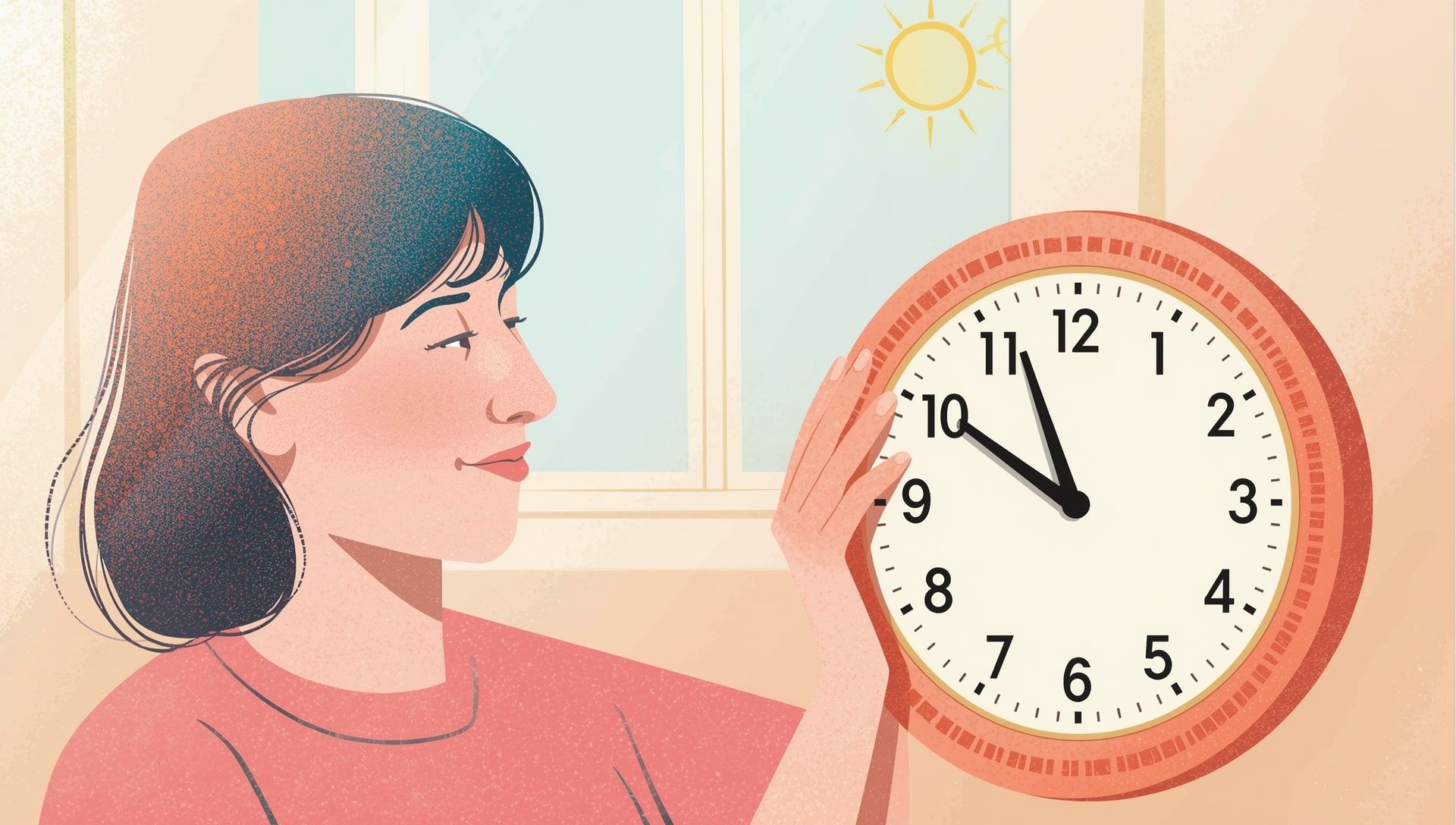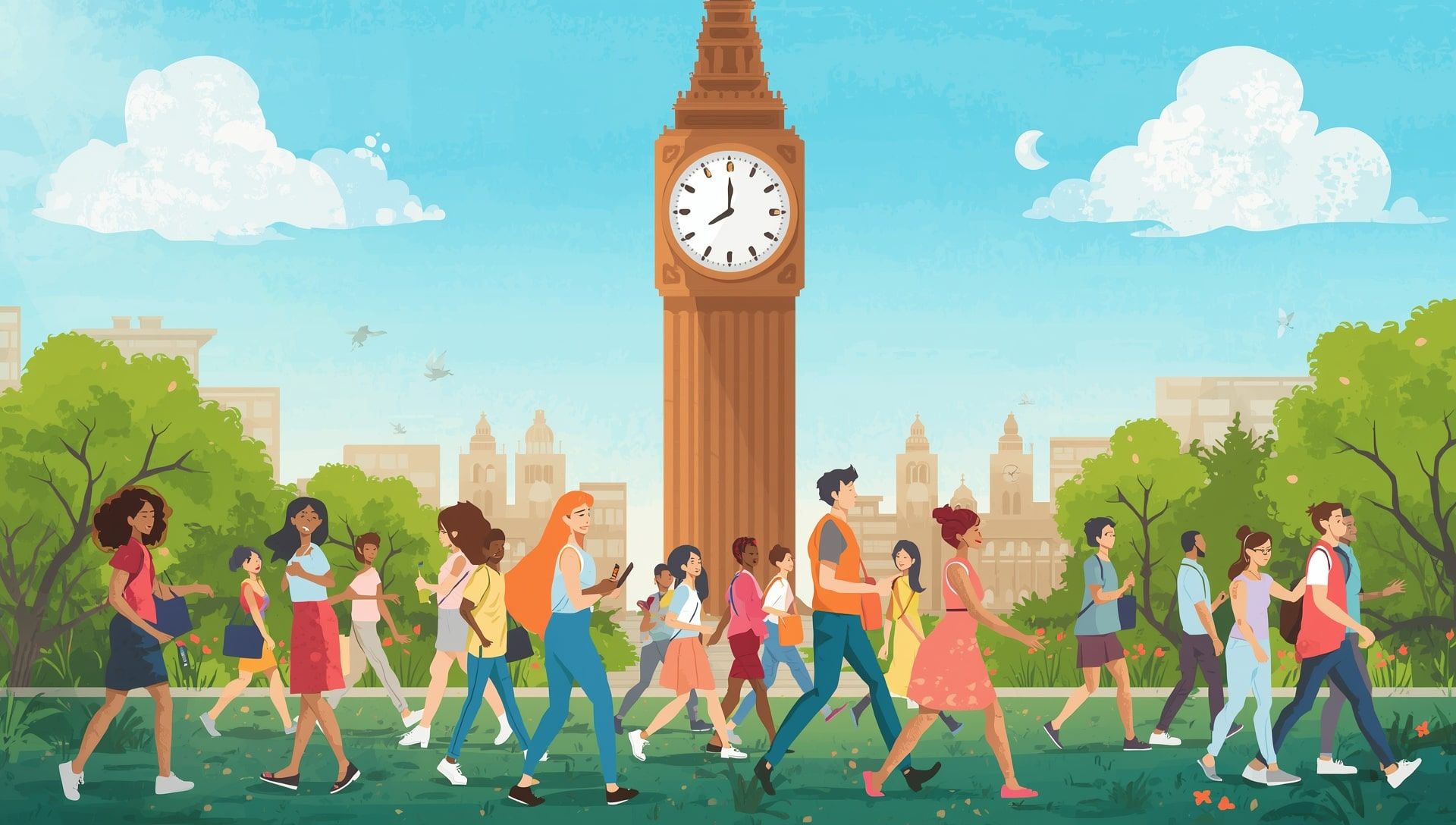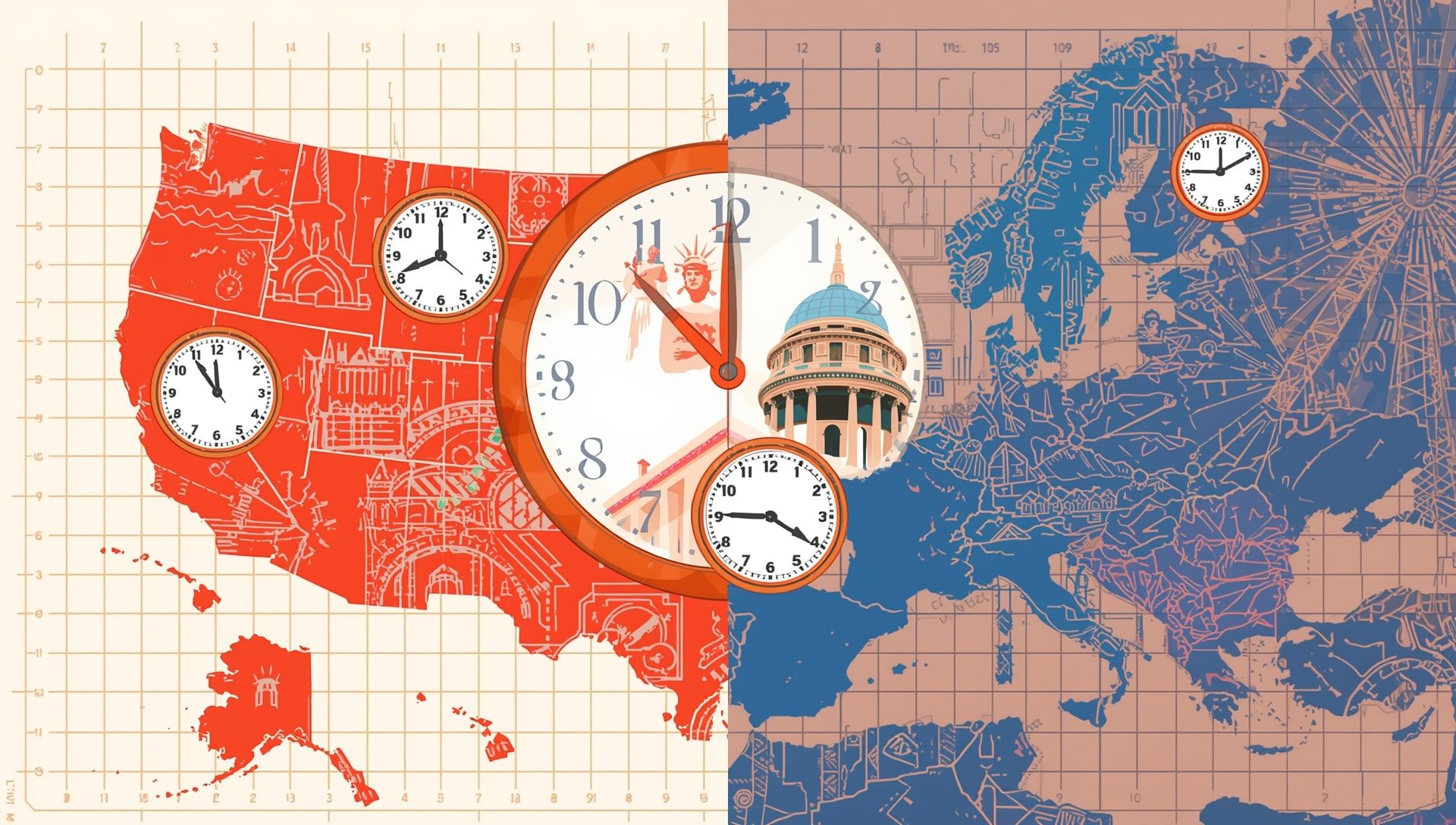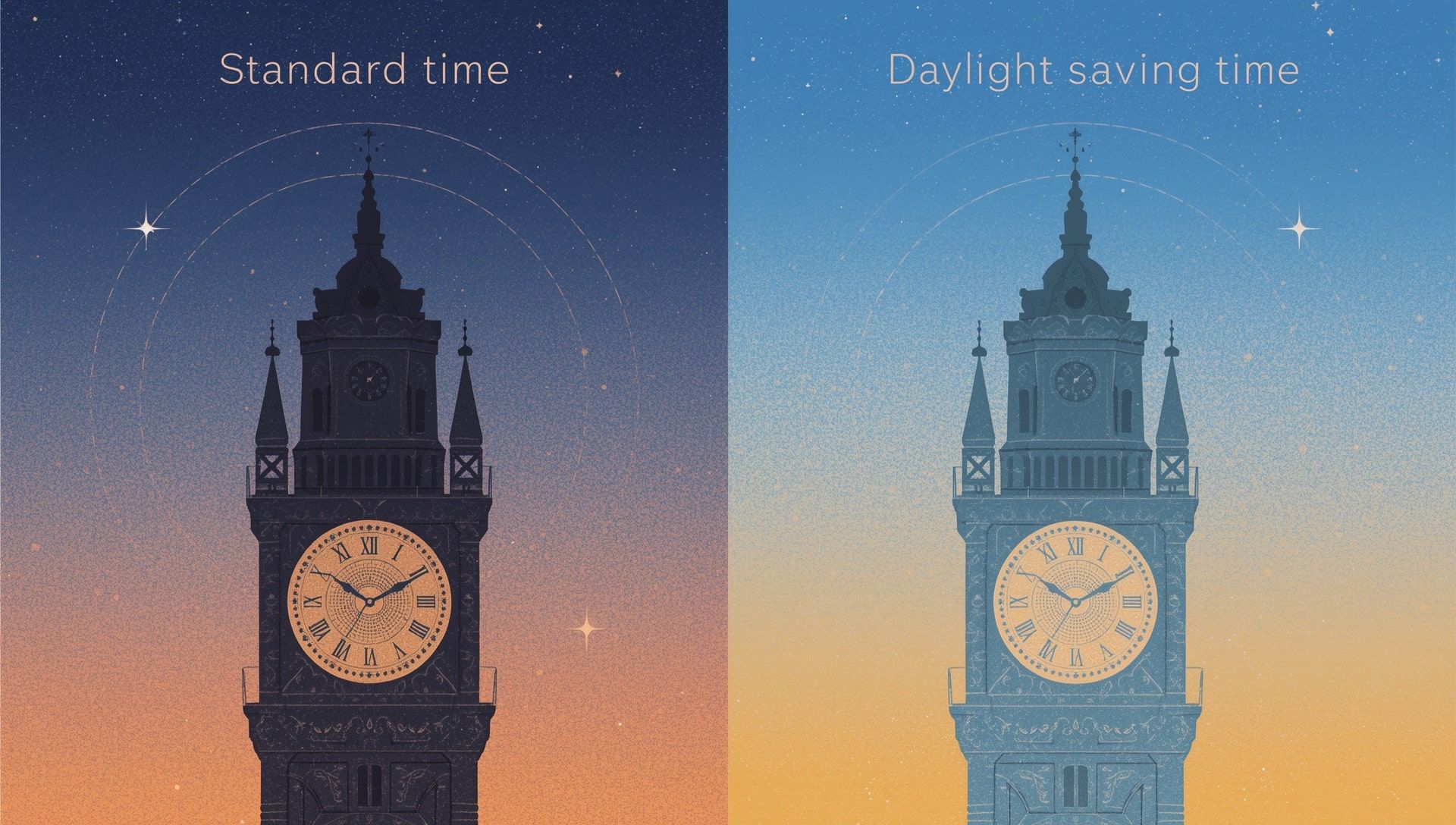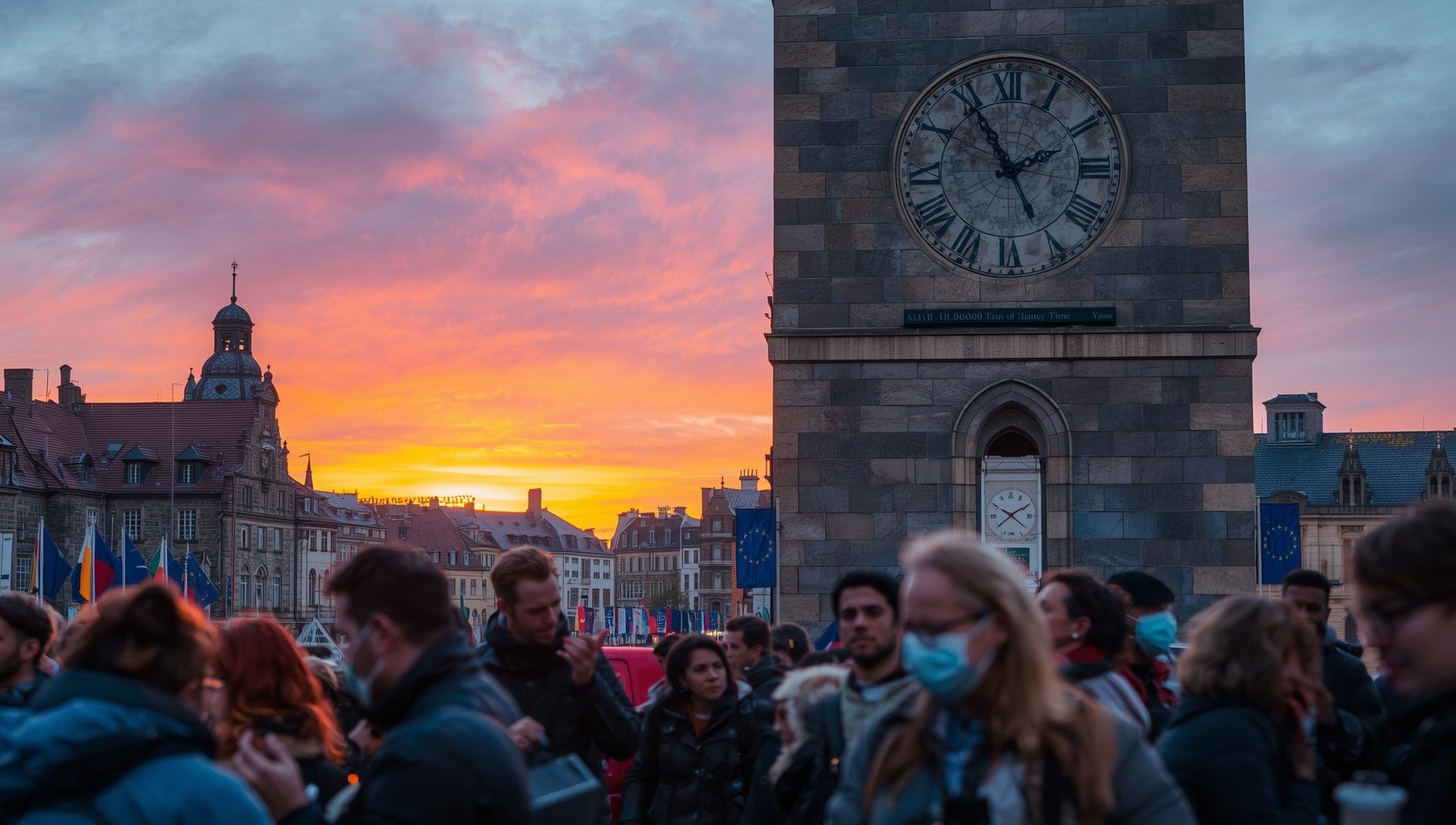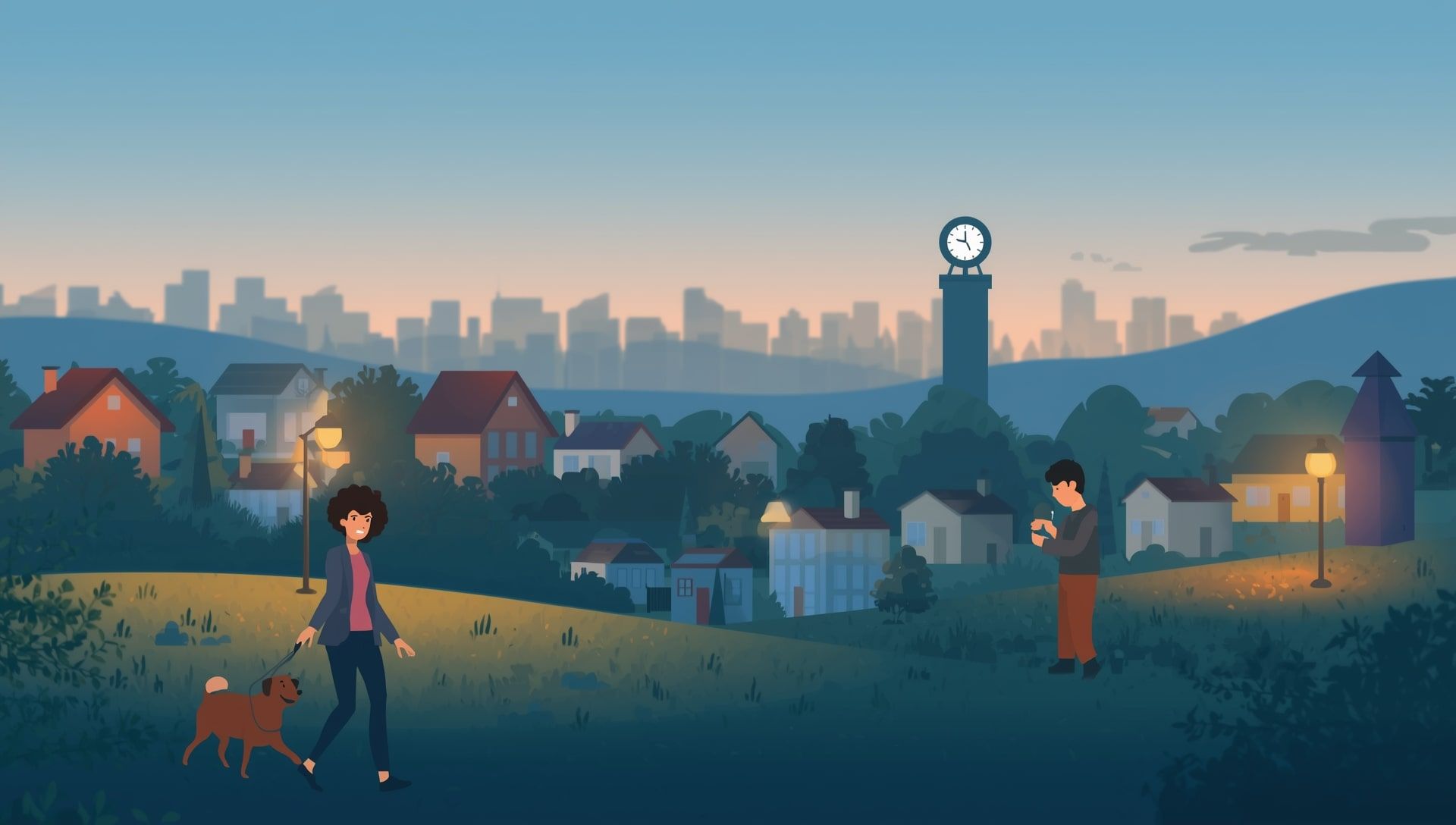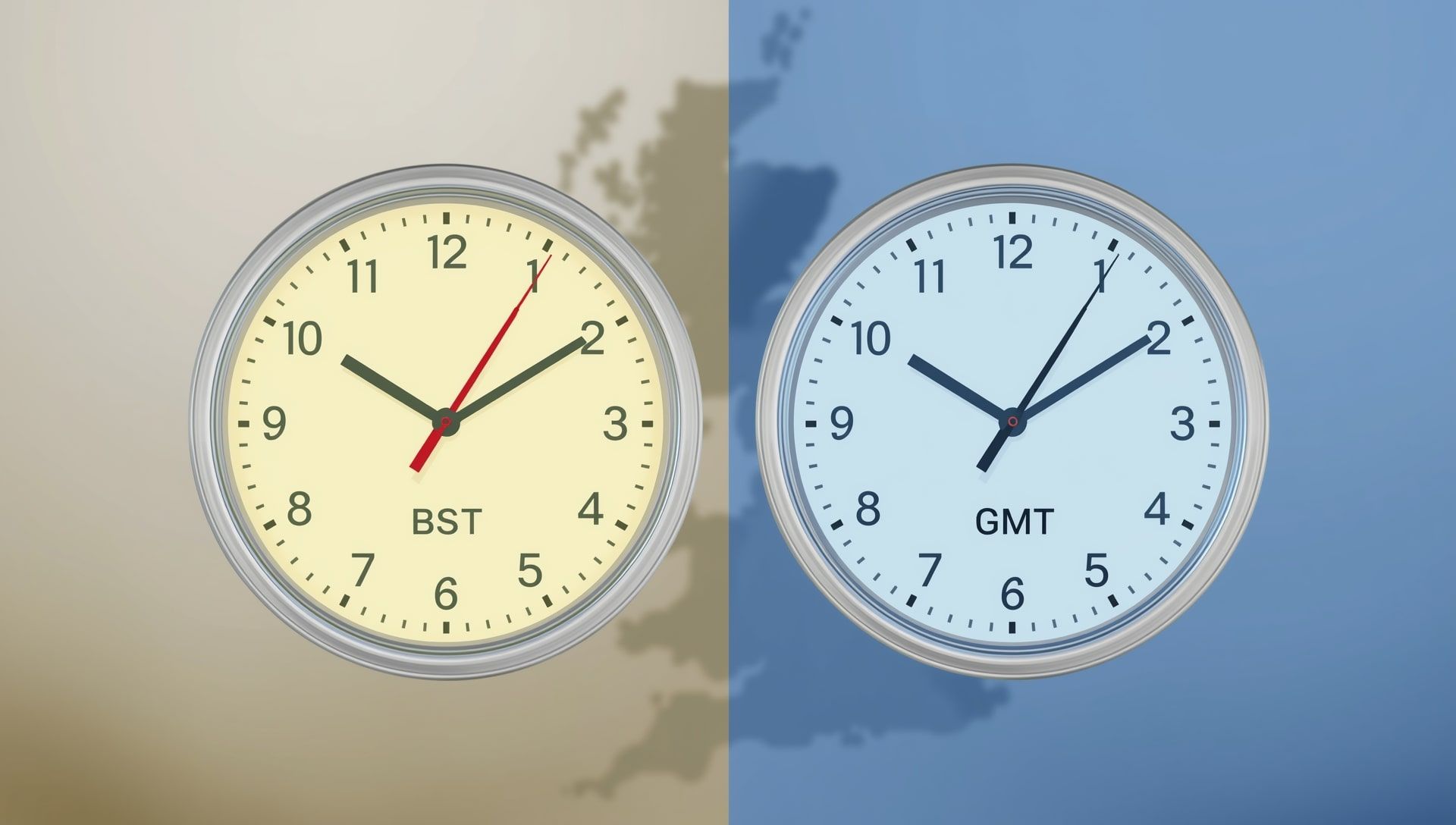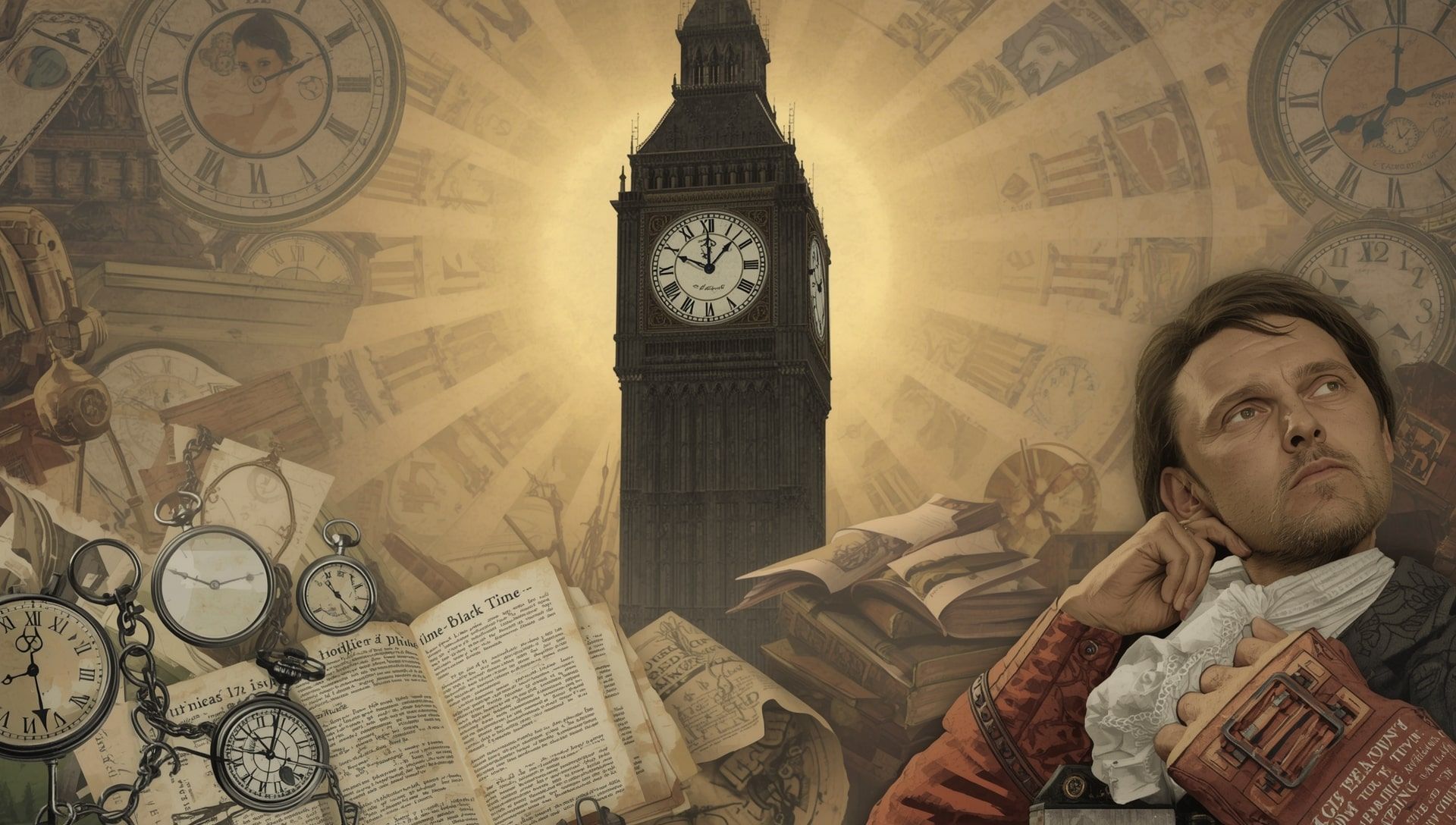Across the United States, millions of people are growing weary of changing their clocks twice a year. The familiar ritual of “springing forward” and “falling back” has been part of life for generations, yet many now question whether it still makes sense. Discussions in Congress about keeping Daylight Saving Time (DST) year-round have brought the issue back into the spotlight. But what would it really mean, and how close are we to making it permanent?
The Push to Stop Changing the Clock
In recent years, bipartisan support has grown for ending the clock changes altogether. The idea gained traction with the Sunshine Protection Act, a proposal to keep the United States on Daylight Saving Time throughout the entire year. The Senate approved the measure unanimously in 2022, a rare moment of political unity. But despite broad public interest, the House of Representatives never voted on it, and the proposal expired at the end of that congressional session.
The bill has since been reintroduced several times, most recently in 2025. Supporters argue that it would simplify daily life, eliminate confusion, and provide the benefit of lighter evenings year-round. For now, however, the legislation remains pending, leaving the current system unchanged.
Why Some People Support Permanent DST
Advocates of a permanent switch to Daylight Saving Time say the change could bring a host of benefits. Longer daylight in the evening encourages outdoor activity, boosts retail and restaurant sales, and gives families more time together after work or school. It could also reduce certain types of accidents and crime that occur more often after dark.
- More evening sunlight: People could enjoy outdoor time after work, helping to promote health and recreation.
- Potential economic boost: Longer daylight may increase consumer spending in leisure and dining.
- Less confusion: Eliminating time changes would simplify travel, work schedules, and technology systems.
- Public preference: Surveys suggest most Americans favor a single, consistent time system.
The Case for Keeping Standard Time
While permanent DST has its fans, not everyone agrees it is the right choice. Sleep scientists and medical groups generally favor permanent Standard Time instead. Their reasoning is rooted in biology, because Standard Time aligns more closely with the natural solar cycle, helping regulate human circadian rhythms.
When the clock stays on DST during winter months, sunrise can occur much later, after 8 a.m. in many areas, forcing people to wake up and start their day in darkness. This can lead to fatigue, poor concentration, and long-term health effects such as disrupted sleep patterns. Critics say that while DST might feel pleasant in summer, keeping it all year could be unhealthy for millions of Americans. For details on how time changes affect well-being, see this guide on DST and health.
Lessons from History
This debate is not new. The United States has experimented with permanent DST before. During the energy crisis of 1973, Congress passed a law to keep DST all year as a temporary measure. Initially, people welcomed the idea of more light in the evenings. But as the dark winter mornings set in, public opinion quickly changed. Within a year, the policy was reversed, and the U.S. returned to the system we know today.
That experiment revealed an important truth, while people like extra daylight after work, they do not like sending children to school before sunrise. Balancing those preferences remains the challenge at the heart of today’s debate.
Where States Stand on the Issue
Over half of U.S. states have introduced or passed legislation to make DST permanent, but federal law currently prevents them from doing so. The Uniform Time Act of 1966 requires states to follow the national schedule unless Congress grants an exception. States are, however, allowed to opt out of DST entirely and stay on Standard Time year-round, as Hawaii and most of Arizona have done.
Many states, including Florida, Texas, Washington, and California, have passed resolutions expressing readiness to stay on permanent DST if Congress ever allows it. Their decisions reflect widespread frustration with the twice-yearly time shift and growing public desire for consistency.
What Permanent DST Would Look Like
If the law were to change, Americans would stop changing clocks altogether. The United States would stay on the same time all year, matching today’s summer schedule. That would mean brighter evenings in winter, but also darker mornings.
- Sunrise in some northern cities would occur as late as 8:30 a.m. during December and January.
- Evening daylight would last until nearly 6:00 p.m. or later, even in midwinter.
- Schedules for schools, businesses, and commuters might need small adjustments to adapt to the new pattern.
In effect, mornings would feel darker and slower, while evenings would stay lighter longer. For many, that tradeoff feels worth it, but for others, it would make winter mornings more difficult.
Supporters vs. Opponents: The Main Arguments
To better understand the divide, here is how both sides typically frame their reasoning:
| Supporters of Permanent DST | Supporters of Standard Time |
|---|---|
| More daylight in the evening hours all year | Better alignment with the sun’s natural light cycle |
| Improved opportunities for outdoor recreation and community life | Healthier sleep and reduced risk of fatigue |
| Eliminates confusion and hassle from clock changes | Reduces disruption to biological rhythms, especially in winter |
| Possible reduction in evening accidents and crime | More natural mornings with early light during darker months |
Will It Actually Happen?
Despite strong public interest, the effort to make Daylight Saving Time permanent still faces political and practical hurdles. Both the Senate and the House must pass the same bill, and the President must sign it into law. So far, the Senate has approved the idea, but the House has yet to take action.
Some lawmakers have suggested that, even if Congress agrees to stop the clock changes, the final decision may come down to choosing between permanent DST or permanent Standard Time. Because both options have advantages and drawbacks, the debate continues to divide policymakers and scientists alike.
What It Means for the Average American
For most people, the frustration is not about choosing between DST or Standard Time, it is about the disruption of changing clocks every few months. That is why public pressure for reform keeps building. If the government eventually moves forward, Americans could see the last clock change in their lifetimes within the next few years.
Until then, each March and November will bring the same familiar ritual, adjusting the clocks, feeling a little off for a few days, and wondering once again why the practice continues. Whether the future holds permanent DST or a return to permanent Standard Time, the movement to “lock the clock” shows no signs of slowing down.
The Future of Time in America
The conversation about permanent Daylight Saving Time reflects a broader cultural shift. Americans are increasingly focused on health, efficiency, and simplicity. Ending the biannual clock change could be a step toward a more consistent lifestyle and a symbolic gesture that time itself can evolve with society.
Until a decision is made, the country will keep living between two systems, Standard Time in the darker months and Daylight Saving Time in the lighter ones. The clock keeps ticking, but the question remains, will we ever stop changing it?
